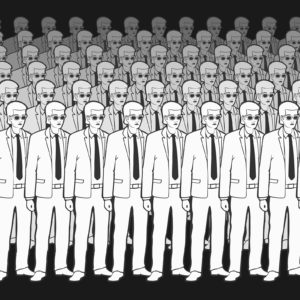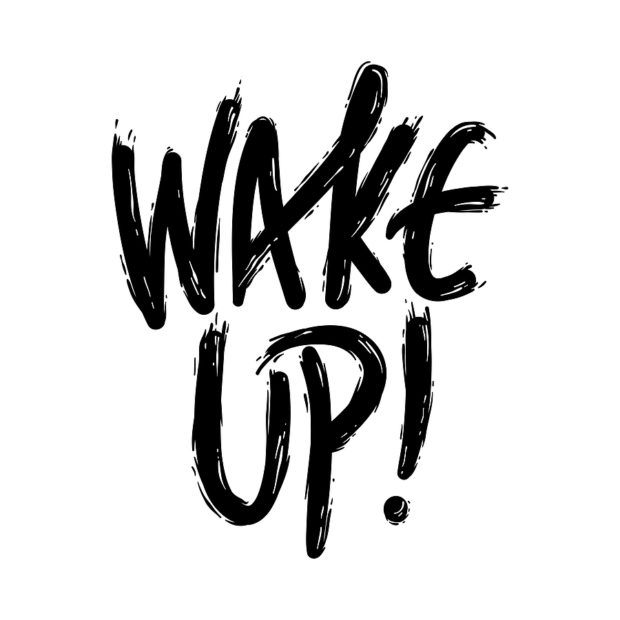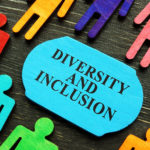What wakes you up every morning? Your alarm clock? The neighbor’s (or your) barking dog? Sunrise through your window? A gentle nudge from your significant other? For most of the world, the year 2020 proved to be the loudest wake-up call of the decade.
In the U.S., the COVID-19 pandemic, civil uprisings and a divisive presidential election shook us from our slumber and forced open our eyes for a clearer look and stronger consideration of scientific facts, a refresher course in the repercussions of our volatile history, and tighter codes of conduct for those in leadership. What a great opportunity to apply these key learnings in our respective workplaces—particularly in the area of diversity, equity and inclusion (DEI).
This year proved that there is a lack of awareness of and appreciation for minority employees (or customers), and worse, little action toward long-term, corrective remedies. Instead, many companies continue to hit the snooze button, hiding behind quick, short-term solutions.
After the public murder of George Floyd and the resulting riots, corporate leaders gave their full, immediate support to DEI-hosted virtual town halls, open dialogue sessions and surveys for minority employees but then snoozed on making meaningful changes to hiring or training practices. Where are the measurable next steps to hold your company accountable for attracting and retaining minority talent and grooming them for leadership?
Wake up! Because as the saying goes: when you snooze, you lose.
How many more times will you reminisce about those good ones that got away—minorities who left because they were not promoted with the same frequency, preparation or enthusiasm as their non-minority peers? How many were stressed out by problematic managers who wreak havoc on their teams while leadership turns a blind eye and deaf ear? Put on the dreaded PIP/PMP (performance improvement/management plan) that not only diminishes past successes or accolades but focuses almost entirely on every single “challenge” or “opportunity for growth” (inevitably marking the beginning of the termination process)?
How much pressure will you put on human resources and recruitment to provide a diverse pool of candidates for employment opportunities that you manage? And how much outreach will you conduct with people and organizations that can make minority recommendations and referrals?
At what point will you be uncomfortable that all of the attendees on your Zoom meetings or all of the leaders featured on your company’s website look just like you?
Next year will enable organizations to wake up leveraging the energy of a new administration in Washington, D.C. and truly reset. This is a perfect time to look back at what you or your company have always done and, where necessary, do. something. different.

“At what point will you be uncomfortable that all of the attendees on your Zoom meetings or all of the leaders featured on your company’s website look just like you?”
The solutions to creating a more inclusive work environment and culture shouldn’t be viewed as one-offs or one-dimensional, especially as we navigate the unchartered waters of pandemic living. But since attitude often reflects leadership, the quest should start at the top.
In the first quarter of 2021, we’ll turn our clocks ahead to spring forward. When your alarm goes off, will you repeatedly hit snooze, or will you strive to #staywoke?





















 Northern California Flooding This Weekend Caused by Heavy Rain, High Tides
Northern California Flooding This Weekend Caused by Heavy Rain, High Tides  Underwriter, Actuary Fears of AI Drop; Work Needed on Collaboration
Underwriter, Actuary Fears of AI Drop; Work Needed on Collaboration  Executives on the Move at Liberty Mutual, Cowbell, W. R. Berkley
Executives on the Move at Liberty Mutual, Cowbell, W. R. Berkley  NOAA Announces Latest AI-Driven Global Weather Models
NOAA Announces Latest AI-Driven Global Weather Models 












